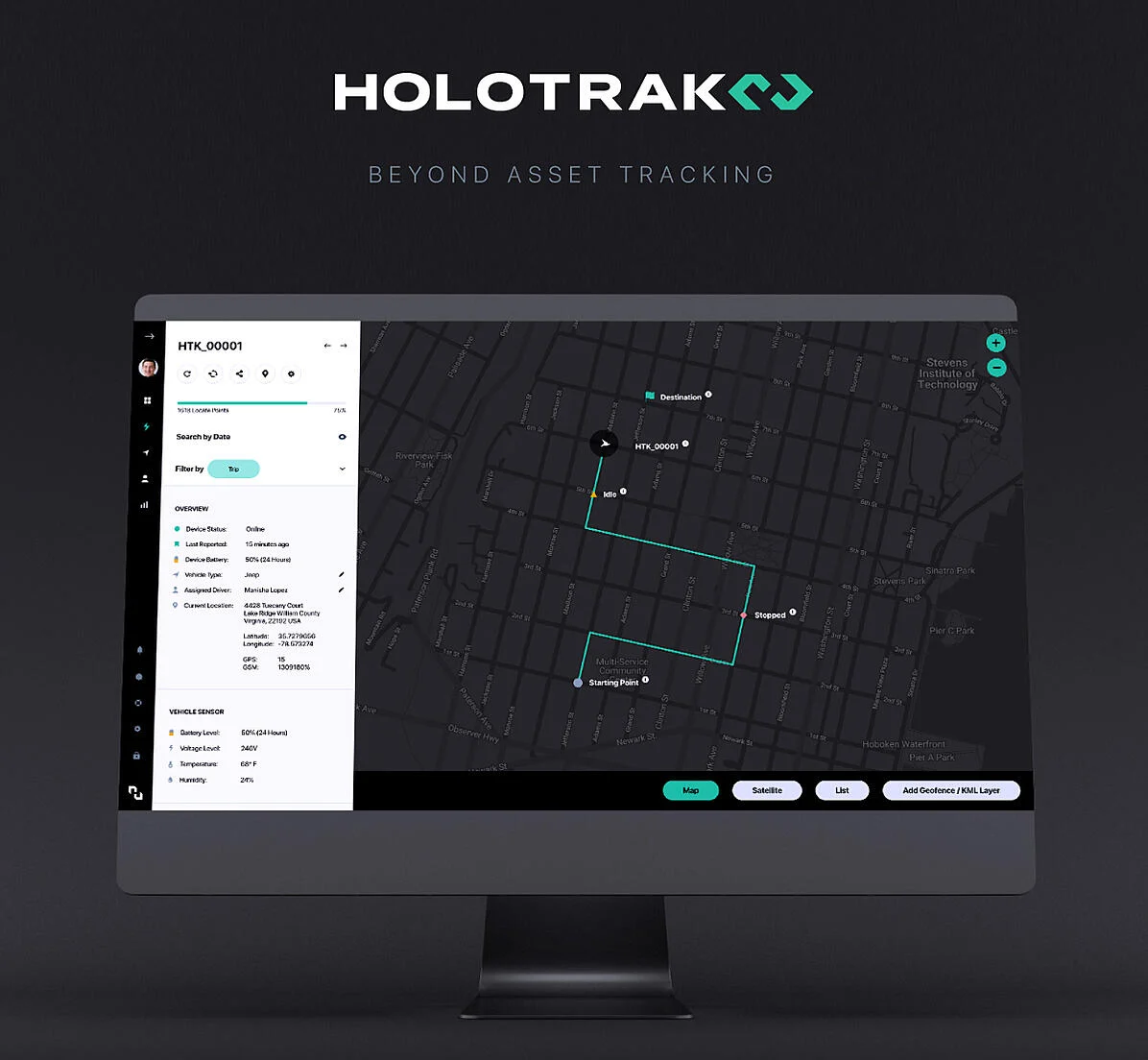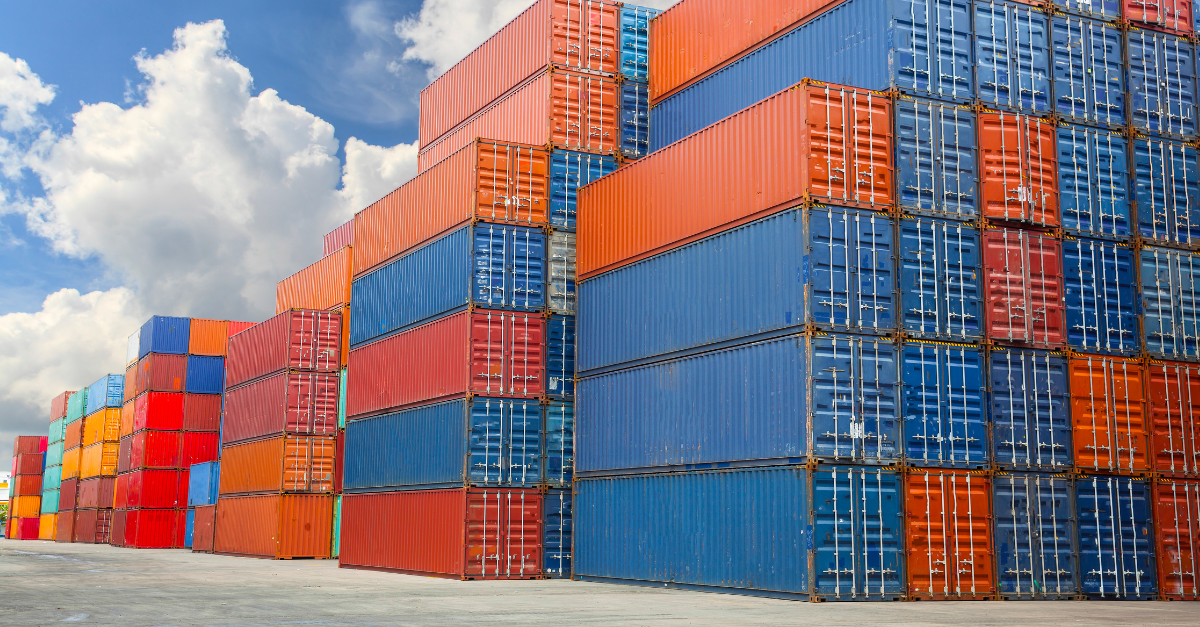Shipping freight by rail faces big challenges around efficiency, cargo security, and transparent monitoring. But advanced technologies are now changing how this industry operates. By integrating GPS asset tracking with Internet of Things (IoT) sensor systems, the rail transportation sector is finally solving fundamental pain points that have long plagued shipping and logistics.
Ensuring Failure-Free Cargo Condition Monitoring
For temperature-sensitive shipments like fresh foods, pharmaceuticals, or hazardous materials, avoiding spoilage or unsafe exposure is absolutely critical. Traditional methods of manually checking containers proved extremely unreliable, with long gaps between inspections. This left huge windows where conditions could deviate from required parameters undetected.
Modern IoT sensors constantly stream updates on the precise temperatures, humidity levels, light exposure, and more inside railcars and shipping containers. Artificial intelligence algorithms analyze this real-time data stream, instantly alerting managers if any factors stray outside preset acceptable ranges. These smart sensors can even detect unauthorized openings or impacts that could signal theft attempts or mishandling.
Seamless Multi-Modal Shipping Transitions
Most rail freight shipments involve complex handoffs between transportation modes like truck to rail, rail to maritime shipping, etc. These transition points are where visibility gaps and miscommunication risks skyrocket, leading to delays, re-routes, improper handling, and other disruptions.
Pairing GPS asset trackers with IoT condition sensors provides complete transparency and verification for every stage of transportation cycles. Shippers have full visibility into the precise location, movement, and environments around their freight at all times across rail, road, and sea shipping modes. This ensures proper handling procedures and unbroken cold chain custody for perishables.

Route Optimization and Predictive Service
Beyond just tracking assets in real-time, the wealth of data captured by GPS and IoT systems empowers smarter strategic decisions across entire freight networks. Machine learning can analyze historical traffic patterns, weather data, maintenance records, and other factors to optimize routing for maximum efficiency and on-time reliability.
Predictive maintenance is a huge opportunity, with AI identifying potential component failures before they happen based on vehicle sensor readings. Predictive service models forecast times when extra freight capacity will be required to avoid delays from excess demand. Using data to drive proactive planning elevates service quality while reducing operational costs.
Sustainability and Environmental Advantages
All the efficiency gains from optimized routing, prevention of spoilage/damage, and improved reliability have a hugely positive environmental impact as well. Burning less unnecessary fuel for re-routes or expedited shipments minimizes emissions and resource consumption. Avoiding replacing spoiled cargo also reduces wasteful recycling/disposal volumes.
Many leading GPS tracker and IoT sensor products have extended battery lives measured in years rather than months. This minimizes hazardous battery waste from frequently replacing depleted units. Some even use solar recharging capabilities to further increase sustainability.
Overcoming Integration Hurdles
While the potential benefits are clear, integrating GPS tracking and IoT monitoring does present some challenges initially. Rail companies must invest in these technology systems and sensors for their full fleets, containers, and facilities. Software platforms are required to synthesize all the incoming data streams. And operations teams need training on updated procedures utilizing these new capabilities.
However, the productivity gains, cost savings, and competitive advantages provided make the integration worthwhile for freight shippers willing to embrace digital transformation. As the world’s trade volumes and supply chain complexity keep growing, GPS and IoT solutions give rail a cutting-edge for streamlining multi-modal logistics.
Already being adopted by forward-thinking leaders, these technologies are poised to revolutionize freight visibility, shipment integrity, and sustainable service delivery across the rail transportation industry. That’s great news for shippers and the environment alike.
The latest convergence of GPS asset tracking and IoT sensor monitoring is rapidly becoming a must-have for rail and intermodal freight companies serious about streamlining operations, ensuring shipment integrity, and optimizing sustainability. While integration requires an investment, the competitive advantages are undeniable in today’s landscape of increasing transportation complexity and demand for real-time visibility.
As an industry pioneer leading this transformative technology wave, HoloTrak provides solutions combining ultra-low-power GPS trackers, environmental sensors, and powerful cloud analytics software into one integrated platform. Our long-lasting battery or solar powered or devices along with our intuitive tracking interface give shippers and carriers unprecedented transparency and control over multi-modal shipping cycles.
Don’t get left behind as rail’s digital transformation drives the freight sector forward. Contact HoloTrak today to schedule a consultation and start leveraging the future of smart logistics driven by GPS and IoT integration. Gain a first-mover advantage while elevating service quality, efficiency, cargo security, and sustainability for your transportation operations.

